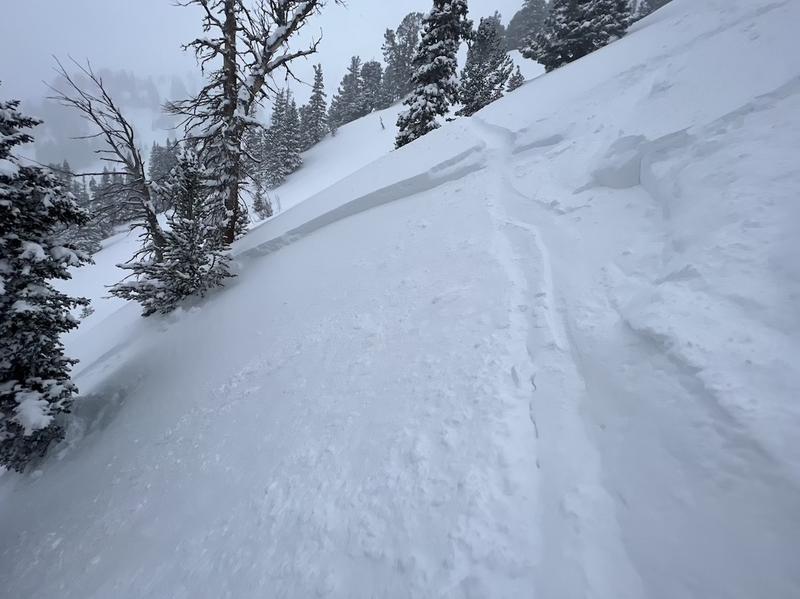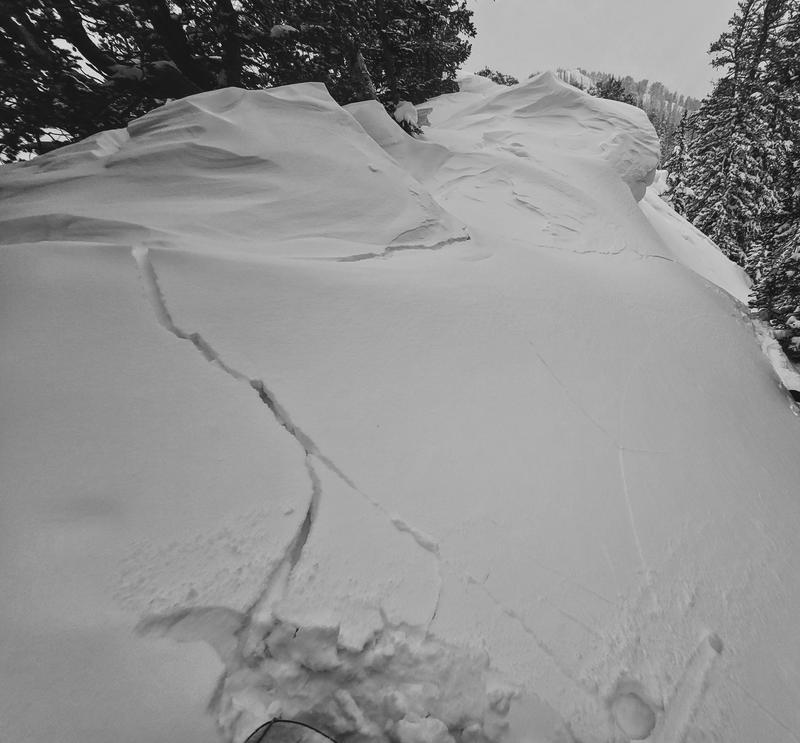Forecast for the Provo Area Mountains

Issued by Greg Gagne on
Friday morning, February 24, 2023
Friday morning, February 24, 2023
The avalanche danger is CONSIDERABLE at the mid and upper elevations and MODERATE at the low elevations on wind-loaded slopes where triggering avalanches up to 2' deep is likely.
Careful snowpack evaluation, cautious route-finding, and conservative decision-making are essential when traveling in avalanche terrain today.
Shallow, wet-loose avalanches are likely on southerly aspects if strong sunshine appears.

Low
Moderate
Considerable
High
Extreme
Learn how to read the forecast here










